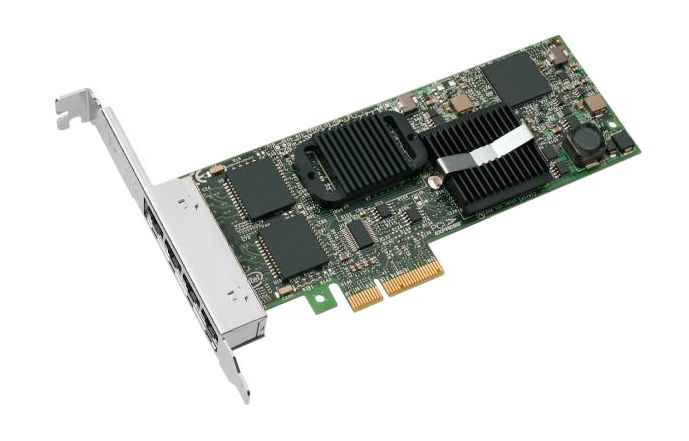Automation is like the backbone of DevOps, seamlessly blending things together. It changes how companies distribute software, products, and services. With the integration of industrial training in Chandigarh, automation can make teams work faster, get things out quicker, produce better software, and reduce mistakes. This training equips professionals with the necessary skills to implement automation effectively, further enhancing the DevOps process.
Different automation tools help with these goals, each designed for a specific part of making software. They help with putting code together, testing it, and getting it out there. These tools make things work better and help teams release software quickly and reliably. In this article, we’ll examine how automation fits into the world of DevOps.
What is DevOps automation?
DevOps automation is a set of tools and technologies. It performs manual processes such as coding, testing, and development with SDLC (software development life cycle). As software development and operations teams work together. It helps to continuously improve how they design, produce, test, deploy, and deliver. It also monitors applications, and task automation across the SDLC facilitates this collaboration.
DevOps automation tools make things go faster by cutting down on mistakes and things that slow down us. This means we get feedback quicker, and it’s easier to see if something’s wrong. This efficiency applies from the newest code added to a folder to when we finish and send out an update for an app or service.
The use of Kubernetes, containers, and microservices architecture allows for further evolution. This helps in the optimization of this incremental software development. Also, helps in continuous deployment methodology.
How many types of Automation in DevOps?
The software development cycle principle allows for implementing different types of automation in different phases.
Below, we mentioned the different forms of automation that we used in DevOps:
Infrastructure as Code (IaC)
Infrastructure as code (IaC) automates setting up servers and storage. So, the developers don’t have to worry about it whenever they deploy an app. It ensures the setup is always the same, meaning fewer problems when we send out updates. With IaC, we can handle complicated infrastructure stuff more easily and fit it into how we manage our software.
The most prominent tools for infrastructure as code are:
-
Terraform
-
CloudFormation
-
Ansible
-
Pulumi
Configuration Management
Configuration management is automating configuration operations, such as server and computer maintenance, to lower the number of manual errors in various IT scenarios. It facilitates modifications and guarantees uniformity across environments.
The following are common configuration management tools:
-
Ansible
-
Chef
-
Puppet
-
Salt Stack
Continuous Integration & Continuous Delivery
Constant Delivery and Integration reduce integration mistakes in software applications. It also expedites the delivery of the software application lifecycle by automating code deployment.
The following are common CI/CD tools:
-
Jenkins
-
Spinnaker
-
GitLab CI/CD
-
AWS Code Pipeline
Continuous Monitoring
Continuous Monitoring automates the process of tracking application systems, typically overseen by release managers. It identifies bugs and detects early issues that may impact users.
Some commonly used tools are mentioned below:
-
Datadog
-
ELK stack
-
Grafana
-
Prometheus
What does effective DevOps automation look like?
Automation is very important for any company to grow in scale. According to the 2021 DevOps report, a large percentage of DevOps leaders (98%) agree that expanding DevOps to new apps is essential to digital transformation. They also agree that modernizing their tool stacks is the best way to boost developer productivity.
As your mobile app development team begins working on the DevOps automation, they must consider some of the essential metrics as mentioned below:
-
Deployment Frequency: It shows how often a team successfully sends updates to the real world. It helps us see how well DevOps works in the short and long term.
-
Deployment Speed: This is the time it takes to implement a new update after it’s been approved. It’s all about how quickly we can change and get them out there.
-
Change Failure Rate: It helps us to show the percentage of times our changes don’t work when we implement them. Knowing how often things go wrong is important so we can fix them.
-
Mean Time to Recovery (MTTR): This measures how long it takes to get things back to normal after something goes wrong.
-
Defect Escape Rate: This rate shows us the bugs and problems. So, that escapes testing and appears after we’ve already released our software.
-
Application Availability: The amount of time an application is accessible to end users and fully functional. It is measured by its application availability. It is also a part of the DEM or digital experience monitoring.
Conclusion:
In conclusion, automation in DevOps is the secret sauce that makes everything smoother and faster. By automating repetitive tasks, teams can focus on what matters. And it helps create high-quality software. Automation fosters collaboration, innovation, and a culture of constant improvement. As more companies embrace DevOps automation, they position themselves at the forefront of modern software development. Thus, it is ready to adapt and thrive in an ever-evolving landscape.




